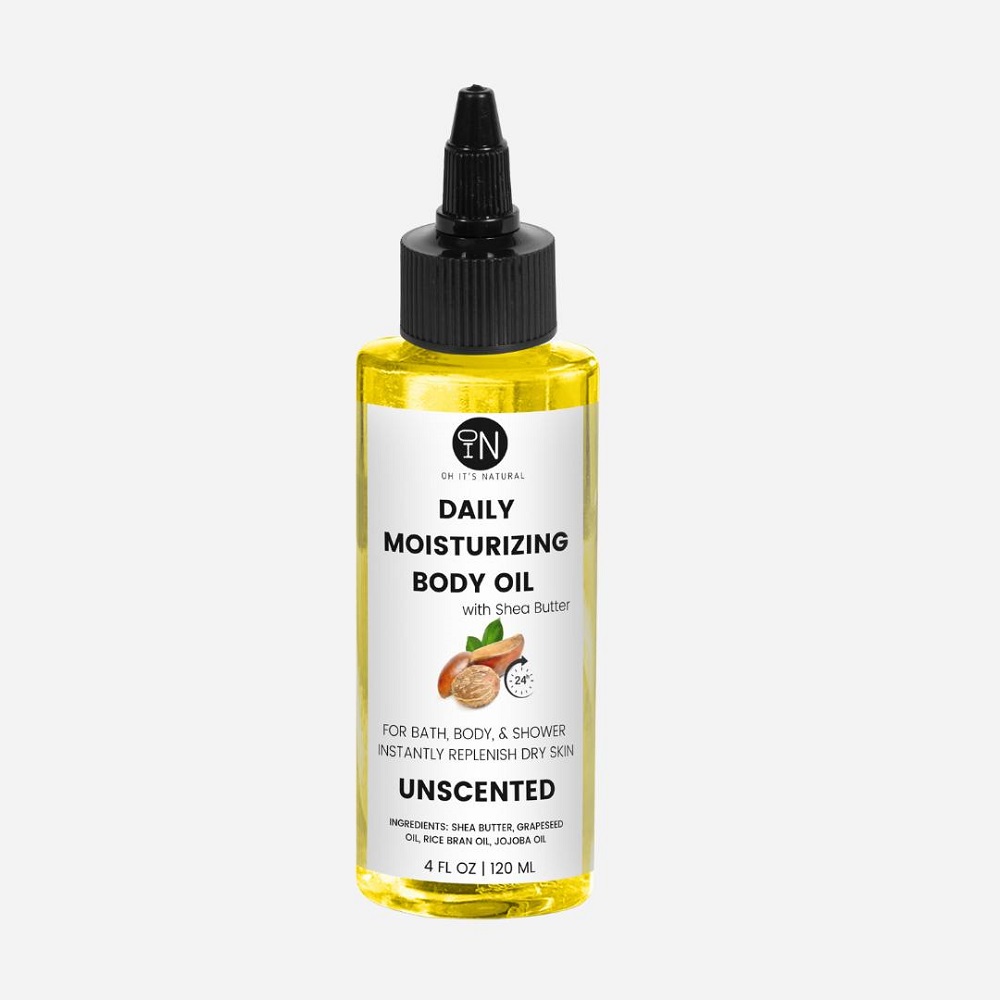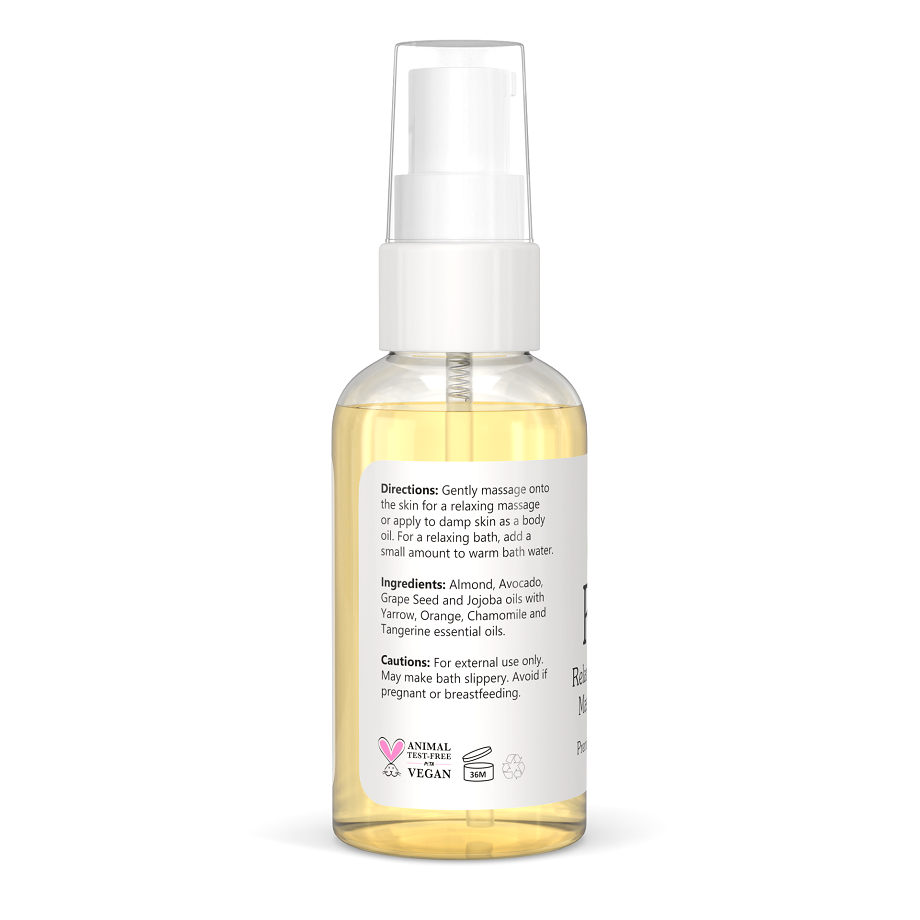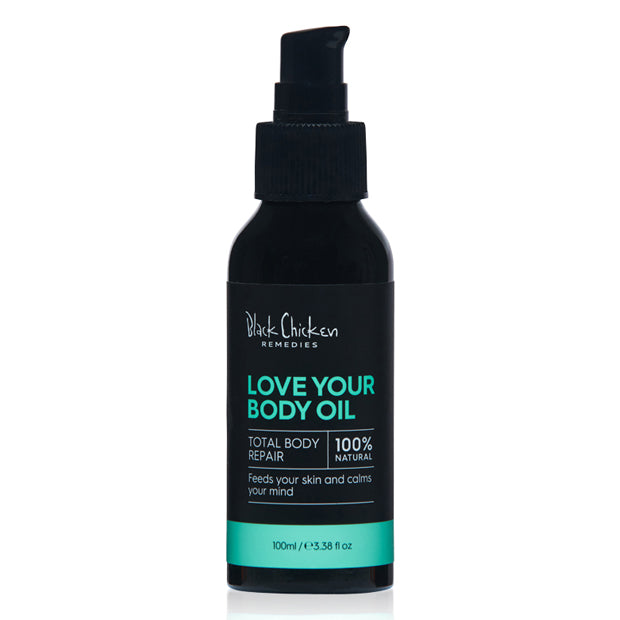Introduction
Body oil is an excellent addition to your skincare routine. It’s nourishing and hydrating, leaving your skin feeling soft and supple. However, applying body oil correctly is key to maximizing its benefits. In this guide, we’ll explore the best practices for applying body oil, ensuring a smooth and effective experience.
Understanding Body Oil
What Is Body Oil?
Body oil is a blend of natural and essential oils that provide hydration and nourishment. Unlike lotions, which often contain water, body oils have a higher concentration of emollients. They penetrate the skin deeply, locking in moisture and creating a protective barrier. Popular oils include almond, jojoba, coconut, and argan oil. Each one has unique benefits, catering to different skin types and issues.
Benefits of Using Body Oil
Using body oil has numerous advantages. It deeply hydrates the skin, making it softer and more elastic. This is particularly beneficial for people with dry skin, as oil can help maintain moisture. Body oils also have antioxidant properties, which protect the skin from environmental damage. Additionally, they can help soothe irritation and redness, contributing to an overall healthier complexion. Importantly, body oils can offer a spa-like experience through soothing aromas, enhancing relaxation during application.
Choosing the Right Body Oil
Natural vs. Synthetic Oils
When selecting a body oil, it’s crucial to decide between natural and synthetic options. Natural oils are derived from plants and are less likely to irritate the skin. They often contain vitamins and nutrients that support skin health. Synthetic oils, on the other hand, may contain chemicals that can clog pores or cause allergic reactions. Although they may offer particular benefits or scents, natural options are generally more favorable for sensitive skin.
Consider Your Skin Type
Understanding your skin type will help you choose the right body oil. Dry skin typically benefits from heavier oils, like coconut or olive oil, which provide long-lasting hydration. On the other hand, for oily skin, lighter oils, such as grapeseed or jojoba oil, are best. These oils can hydrate without contributing to excess oiliness. If you have sensitive skin, look for oils specifically formulated to avoid irritation.
How to Apply Body Oil
Preparation Before Application
Before applying body oil, it’s essential to prepare your skin and the environment. Choose a space that feels cozy and private, as applying body oil can be a soothing ritual. Gather your body oil and a soft towel. You can also consider turning on soft music or lighting a candle to enhance relaxation. It’s best to apply body oil after a shower or bath when your skin is still damp. Damp skin helps the oil absorb better while locking in moisture.
The Right Amount of Oil
Determining the right amount of body oil can enhance your application experience. Start with a small amount—about a half a teaspoon for smaller areas or one to two tablespoons for larger areas. It’s better to start small; you can always add more if needed. Remember that body oil spreads easily, so you may not need as much as you think. Too much oil can make your skin feel greasy rather than hydrated.
Applying Body Oil
To apply body oil effectively, follow these simple steps:
- Warm the Oil: Rub the oil between your hands for a few seconds to warm it up. This makes it easier to apply and enhances absorption.
- Start with Your Feet: Begin applying from your feet, working your way up. This approach promotes better circulation.
- Use Gentle, Upward Strokes: Massage the oil into your skin using gentle, circular motions. This helps stimulate blood flow and improves absorption. Use upward strokes on arms and legs to promote circulation.
- Focus on Dry Areas: Pay special attention to areas prone to dryness, like elbows, knees, and ankles. These areas often need extra moisture, so apply a bit more oil there.
- Let It Absorb: After applying the oil, allow your skin to absorb it for a few minutes before getting dressed. This helps to seal in moisture.
Tips for Maximizing Benefits
To achieve the best results, consider these tips. First, use body oil in combination with other skincare products. You can layer oil over a moisturizer for added hydration. Second, consider using body oil at night for overnight hydration. Your skin can absorb the oil best while you sleep. Finally, always patch-test a new oil to ensure it doesn’t irritate your skin.
Special Considerations
Body Oil During Pregnancy
Pregnant women often seek ways to care for their skin as it stretches. Body oil can be an effective solution. It keeps the skin moisturized, helping to prevent dryness and itching. However, always consult your healthcare provider before using any new products. Choose oils that are safe during pregnancy, such as almond oil, unless advised otherwise.
Using Body Oil in Winter
Winter can be harsh on your skin, leading to dryness and irritation. Incorporating body oil into your winter skincare routine can make a significant difference. Apply body oil immediately after your shower when your pores are open. This helps to lock moisture in and combat winter dryness effectively.
Mindfulness and Body Oil Application
Making It a Self-Care Ritual
Applying body oil can become a self-care practice, enhancing your mental well-being. Take the time to focus on what you’re doing. Enjoy the sensory experience of the oil—its texture, aroma, and warmth. Bring your mind to the present moment as you massage the oil into your skin. This mindfulness can reduce stress and promote relaxation.
Setting the Mood
Create a calming atmosphere for your body oil application. Dim the lights and play soft background music. Consider adding essential oils to a diffuser for added fragrance. If you’re applying body oil at night, try adding chamomile or lavender to your routine. These scents promote relaxation, enhancing your body oil application as a soothing ritual.
Common Mistakes to Avoid
Overusing the Oil
Using too much body oil is a common mistake, leading to a greasy feel rather than hydration. It’s essential to find the right balance. Start with a small amount, and don’t hesitate to reapply if you feel it necessary.
Applying on Dry Skin
Body oil works best on damp skin. If you apply it to dry skin, you may not get the full benefits. The oil may not absorb well, resulting in wasted product. Always apply body oil after bathing for optimal effectiveness.
Neglecting Other Body Parts
Many people focus mainly on their arms and legs when applying body oil. However, it’s essential to take care of all body parts, including your back, neck, and chest. Don’t forget areas like your feet and hands, which often need extra moisture too.
Conclusion
Applying body oil is a simple yet effective way to nourish and hydrate your skin. With the right techniques and products, body oil can enhance your skincare routine and contribute to a more relaxing self-care practice. Remember to choose the oil that suits your skin type, follow the application steps, and embrace the experience fully. Regular use of body oil can lead to healthier, softer skin while providing a moment of mindfulness in your day.
By incorporating body oil into your routine, you’re taking an active step to care for your skin. Enjoy the benefits and make this practice a cherished part of your self-care regimen.



